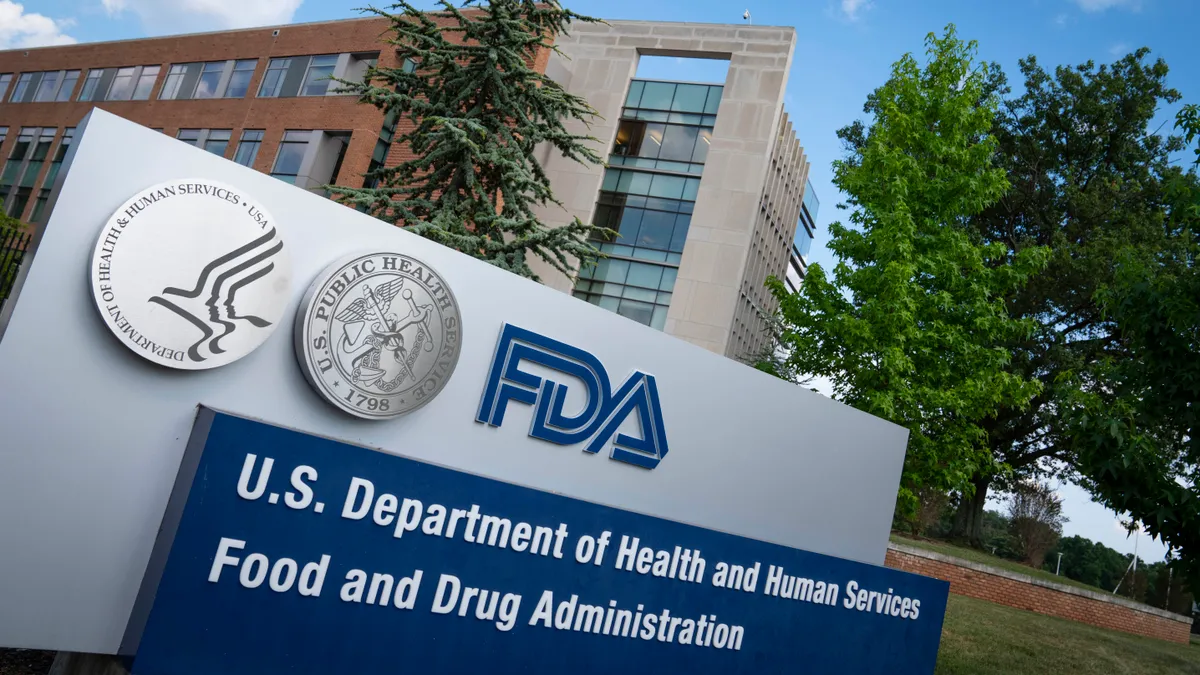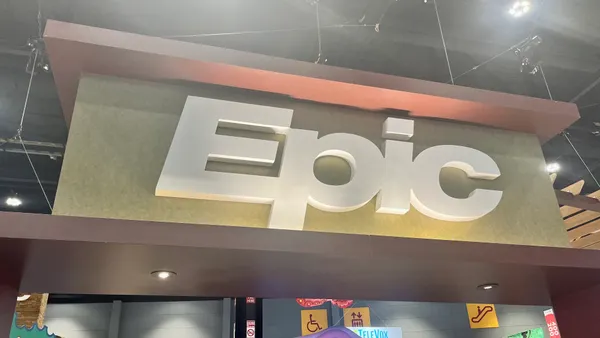Dive Brief:
- FDA has belatedly published draft guidance on the content of premarket submissions for device software functions, moving it a step closer to the replacement of 16-year-old guidance.
- The draft covers the documents sponsors should include in submissions to enable FDA to evaluate the safety and effectiveness of device software functions. The guidance applies to all types of premarket submissions and includes both software in and software as a medical device (SiMD/SaMD).
- FDA committed to releasing a draft replacement for the current 2005 guidance as part of the MDUFA IV agreement but failed to deliver the document by the end of its 2019 financial year as planned. Bradley Merrill Thompson, attorney at Epstein Becker Green, said the new guidance is sorely needed by the medical device industry. "In the realm of software, [16 years is] an eternity," Thompson remarked.
Dive Insight:
The draft is a near total overhaul of the document finalized by FDA in 2005, with only short sections on topics such as software verification and the history of software revisions surviving unchanged. The extent of the changes reflects how long FDA has taken to return to the topic.
"FDA's views have changed considerably since then. So it's mostly as if we've been operating without guidance the last several years because they really haven't been following the 2005 model," Thompson said.
The draft sets out a new model for what FDA expects sponsors to provide in premarket submissions for device software functions. In the draft text, FDA proposes a risk-based approach to the level of documentation that sponsors need to provide.
The enhanced documentation requirements will apply to devices used in combination products, devices used in certain blood donor applications, Class III devices and devices in which a software fault presents a probable risk of death or serious injury.
"They are getting more and more specific about what they expect to see. Fortunately, they do seem to be still maintaining a risk-based approach with different levels. But at the same time, it seems that more and more software fits into their higher levels of concern," Thompson noted.
Having established the risk-based basic and enhanced documentation levels, the draft details what content FDA expects from sponsors of devices in each group. Many of the requirements are the same, with sponsors in either level expected to provide a description of the software and show that "risks have been appropriately mitigated."
Differences include the requirements related to Software Design Specifications (SDS). Sponsors of devices in the basic level do not need to provide any information related to SDS. In contrast, sponsors in the enhanced level must provide "the complete documentation, including sufficient information that would allow FDA to understand the technical design details of how the software functions."
Thompson observed that FDA's draft guidance is very focused on software validation and risk analysis as those terms are defined in the quality system regulations. The agency seems to "want a lot of documentation that is developed under the quality system," which he contends makes software reviews different from many other medical devices because typically applicants don't need to share elements of their quality system in the premarket review for 510(k) products.
"It's concerning to me that software that is a device constituent part of a combination product, meaning it is used with pharmaceuticals, is automatically in the enhanced documentation category. That seems overbroad," Thompson added.
Bakul Patel, director of FDA's Digital Health Center of Excellence in the Center for Devices and Radiological Health, set out the agency's hopes for the guidance.
"We anticipate this draft guidance, which fulfills FDA's commitment in MDUFA IV, will provide clarity, simplicity and harmonization with current best practices and recognized voluntary consensus standards, once finalized," Patel said in a statement.
FDA is accepting feedback on the draft until Feb. 2. Under the MDUFA IV commitments, the agency is supposed to deliver final guidance within 12 months of the end of the draft comment period.
A Dec. 16 webinar for medical device manufacturers and other interested stakeholders will be hosted by FDA to discuss the draft guidance.













